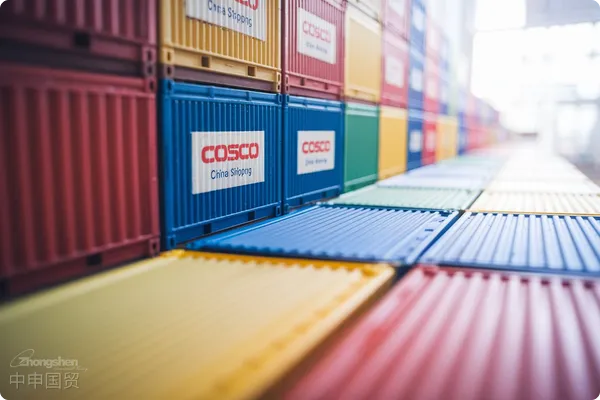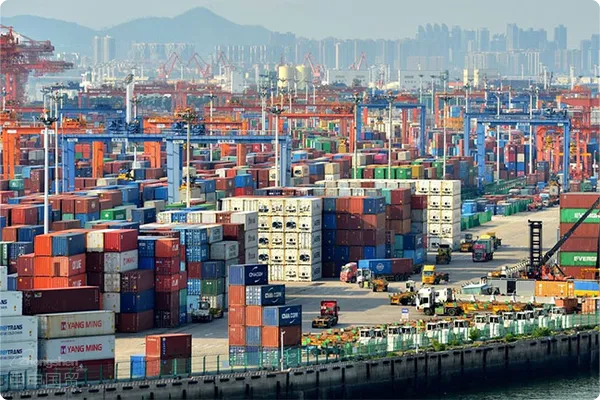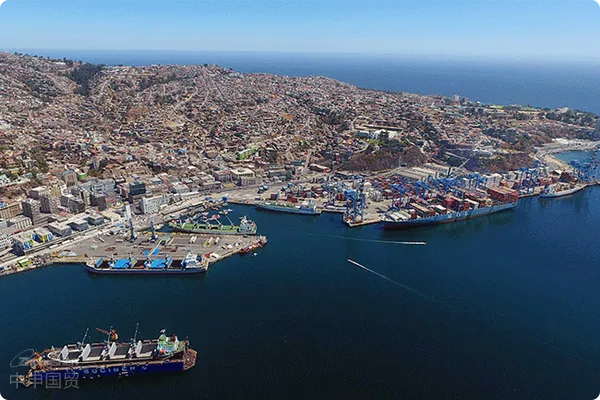- Shanghai Zhongshen International Trade Co., Ltd. - Two decades of trade agency expertise.
- Service Hotline: 139 1787 2118
With the full implementation of national customs clearance integration by the customs, taxpayers can now make independent declarations and pay taxes according to their actual needs, which has improved customs clearance efficiency and enterprises operational autonomy to a certain extent. However, for many practitioners, the calculation and declaration of tariffs remain a complex task. So, how exactly are tariffs calculated? Today, we will answer this question.

I. Objects of Tariff Levy
Simply put, tariffs mainly targetGoods and incoming articles permitted by the Peoples Republic of Chinaimport and export. Basically, all commodities entering or leaving Chinas territory, as long as they meet the customs import and export conditions, need to be taxed.Taxpayers of tariffs include the following categories:
II. Taxpayers of Tariffs
Consignee of imported goods
- : When imported goods enter China, the importer is usually responsible for paying tariffs.Shipper of exported goods
- : Exporters need to assume the obligation of paying tariffs when exporting goods.Bearer or recipient of incoming articles
- : If articles enter the country by express, logistics, or carried by oneself, tariffs also need to be paid.The basis of tariff calculation lies in correctly determining the tax - calculation elements, mainly including the following aspects:
III. Determination of Tax - Calculation Elements
Determine commodity classification
- Commodity classification is the first step in tariff calculation. Enterprises need to determine the classification code of goods according to documents such as the Regulations of the Peoples Republic of China on the Administration of the Classification of Import and Export Goods of the Customs and the Import and Export Tariff of the Peoples Republic of China to ensure the accuracy of tax rates and supervision conditions. Determine the tax - calculation price and convert it into RMB
- Determining the tax - calculation price is equally important. It needs to be determined according to documents such as the Measures of the Peoples Republic of China for Determining the Tax - Calculation Price of Import and Export Goods. The customs determines the tax - calculation price according to the actual situation of the goods, and then converts it into RMB at the levy exchange rate as the basis for calculation. Determine the place of origin
- Determining the place of origin involves tariff preferences and trade agreements and needs to be implemented according to documents such as the Regulations of the Peoples Republic of China on the Origin of Import and Export Goods, especially in cases involving free trade agreements such as China - Australia and China - EU. Determine the tax rate applicable to taxable goods
- Determining the applicable tax rate needs to be based on the category of goods and international agreements. There are mainly the following situations: Rules for the application of tax rates under different conditions such as most - favored - nation tax rates, temporary tax rates, agreement tax rates, and preferential tax rates.
- If anti - dumping duties, counter - vailing duties, safeguard measures, etc. are applicable, the tax rate shall be implemented in accordance with the corresponding regulations and policies.
- Pre - ruling management
- If there are doubts about the classification, tax - calculation price, place of origin, etc. of goods, an application for pre - ruling can be submitted to the direct - affiliated customs 3 months before the planned import or export. This measure provides enterprises with higher certainty and trade convenience.After confirming the above tax - calculation elements, tariffs can be calculated through the following formula:Tariff calculation formula
IV. Tariff Calculation Formula
Ad valorem tariffs:
- Calculation formula of tariffs:
- Ad valorem tariffs:
The amount of customs duty payable = Taxable value × Proportional customs duty rate - Customs duty calculated by quantity:
The amount of customs duty payable = Quantity of goods × Specific customs duty rate - Customs duty calculated by a combination of methods:
The amount of customs duty payable = Taxable value × Proportional customs duty rate + Quantity of goods × Specific customs duty rate
- Ad valorem tariffs:
- Calculation formula for import - stage taxes:
- Import - stage consumption tax calculated ad valorem:
Tax payable = [ (Taxable value + Customs duty amount) / (1 - Proportional consumption tax rate) ] × Proportional consumption tax rate - Import - stage consumption tax calculated by quantity:
Tax payable = Quantity of goods × Specific consumption tax rate - Import - stage consumption tax calculated by a combination of methods:
Tax payable = [ (Taxable value + Customs duty amount + Quantity of goods × Specific consumption tax rate) / (1 - Proportional consumption tax rate) ] × Proportional consumption tax rate + Quantity of goods × Specific consumption tax rate - Import - stage value - added tax:
Tax payable = (Taxable value + Customs duty amount + Import - stage consumption tax amount) × VAT rate
- Import - stage consumption tax calculated ad valorem:
V. Key Precautions for Tariff Calculation
- Self - declaration and tax payment
Under the background of national integrated customs clearance, enterprises can flexibly arrange the time and process of customs declaration, maximizing the advantages of free declaration and self - payment of taxes. However, they should also ensure the authenticity and integrity of information in all links. - Avoid errors and confirm elements in advance
In the confirmation of elements such as tax rates, classification, taxable value, and place of origin, it is necessary to be meticulous. Once an error occurs, it will not only cause deviations in tax payment but may also lead to administrative penalties and even delay the entire customs clearance process. - Make rational use of pre - rulings
Through pre - rulings, the classification of goods and relevant tax rates can be known in advance, avoiding subsequent disputes and uncertainties, thus improving customs clearance efficiency.
Conclusion
For everyforeign tradepractitioner, the calculation of customs duties is a very important part. Especially after the national integrated customs clearance, the convenience of self - declaration and self - payment of taxes also means that enterprises need to have higher professional qualities and more meticulous work attitudes. Only by fully understanding the objects of customs duty collection, taxpayers, tax - calculating elements, and their calculation methods can enterprises ensure efficient and compliant operations in import and export businesses and safeguard the long - term interests of the enterprise.
Related Recommendations
? 2025. All Rights Reserved. Shanghai ICP No. 2023007705-2  PSB Record: Shanghai No.31011502009912
PSB Record: Shanghai No.31011502009912










